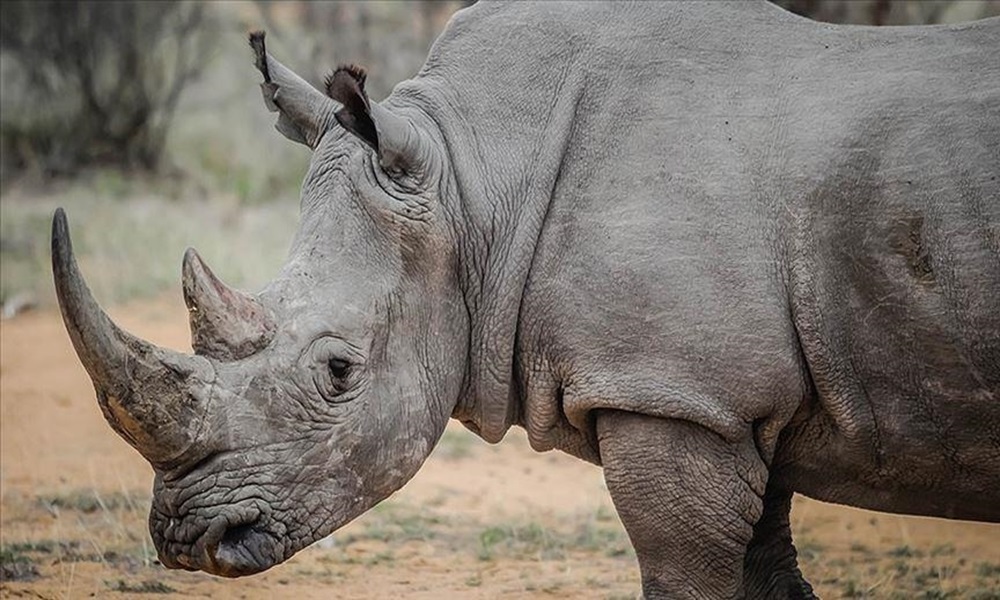Conservationists in Kenya are excited as rhinos return to a grassy plateau after many years. The successful relocation of 21 eastern black rhinos to a new home will provide them with space to breed and could help increase their population. This relocation marks Kenya’s largest rhino relocation ever. The rhinos were moved from three parks that were becoming too crowded to the private Loisaba Conservancy, where rhino herds were wiped out by poaching decades ago.

“It’s been almost 50 years since rhinos roamed here,” said Loisaba security manager Daniel Ole Yiankere. “Their numbers were greatly affected by poaching. Now, our focus is on restoring this landscape and allowing rhinos to breed, aiming to bring their population back to its former glory.”
Moving rhinos safely is a big challenge. The 18-day operation involved tracking the rhinos by helicopter and tranquilizing them with darts. Then, the animals, which weigh about a ton each, had to be loaded onto trucks for transportation.
David Ndere, a rhino expert at the Kenya Wildlife Service, explained that reproduction rates decrease when there are too many rhinos in one area. “By moving some animals, we expect the rhino population in those areas to increase,” Ndere said. “Then, we reintroduce at least 20 rhinos into new areas.”
There are just over 6,400 wild black rhinos left in the world, all in Africa, according to the Save the Rhino organization. Tom Silvester, the CEO of Loisaba Conservancy, said Kenya aims to increase its black rhino numbers to 2,000 in the next decade. “Once we reach 2,000 individuals, we’ll have a population that gives us hope of bringing them back from extinction,” he said.

Kenya has relocated more than 150 rhinos in the last decade. An attempt to move 11 rhinos in 2018 ended tragically when all of them died shortly after. Investigations found that ten died from stress, dehydration, and starvation due to salt poisoning. Since then, new guidelines have been established for rhino capture and relocation in Kenya.
Kenya is also home to the last two northern white rhinos on the planet. Researchers hope to save this subspecies by creating embryos in labs and transferring them into surrogate female black rhinos.
Leave a Reply